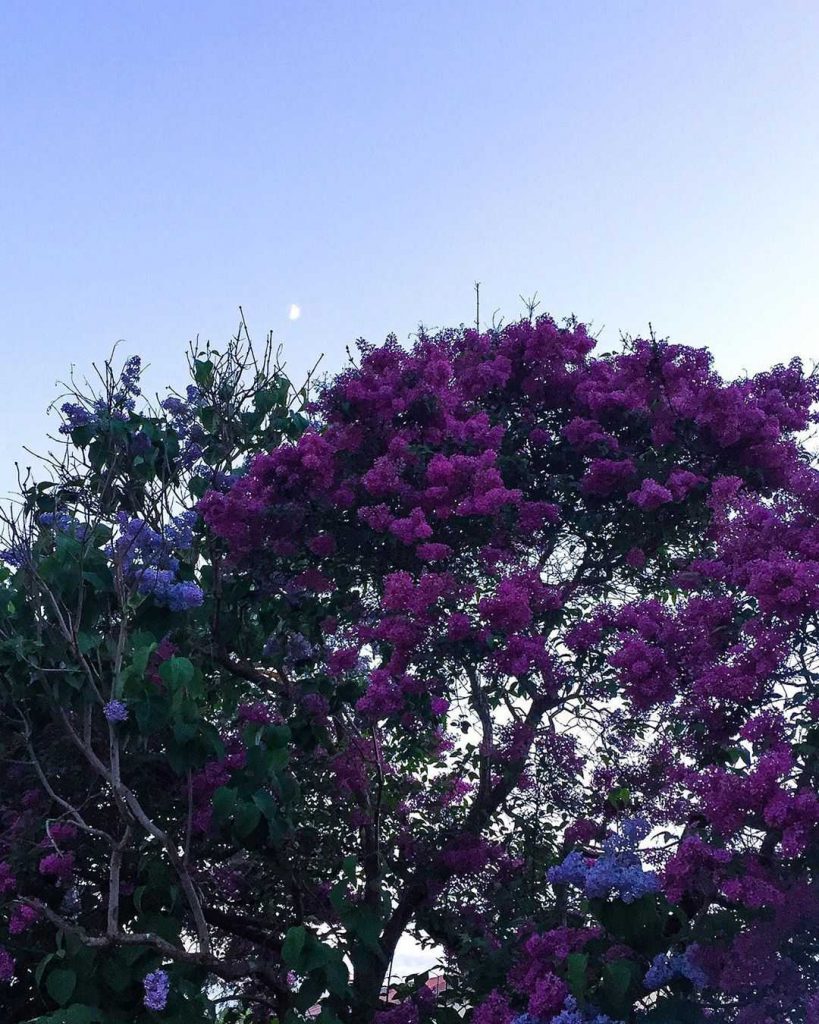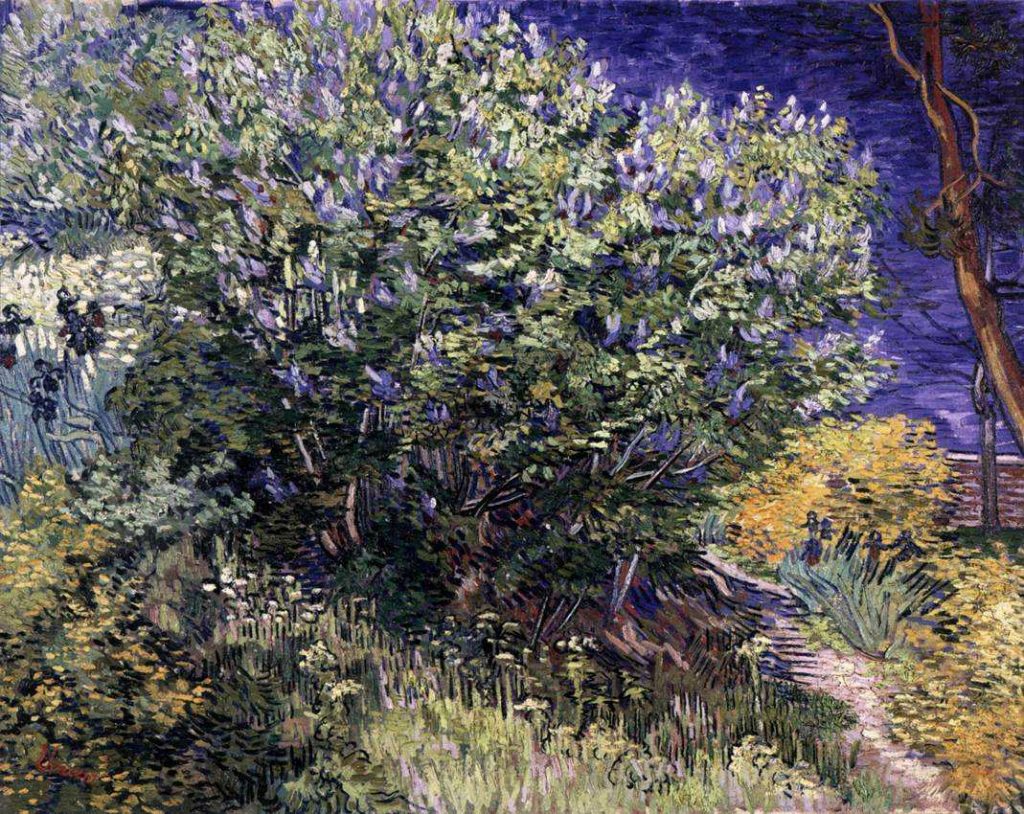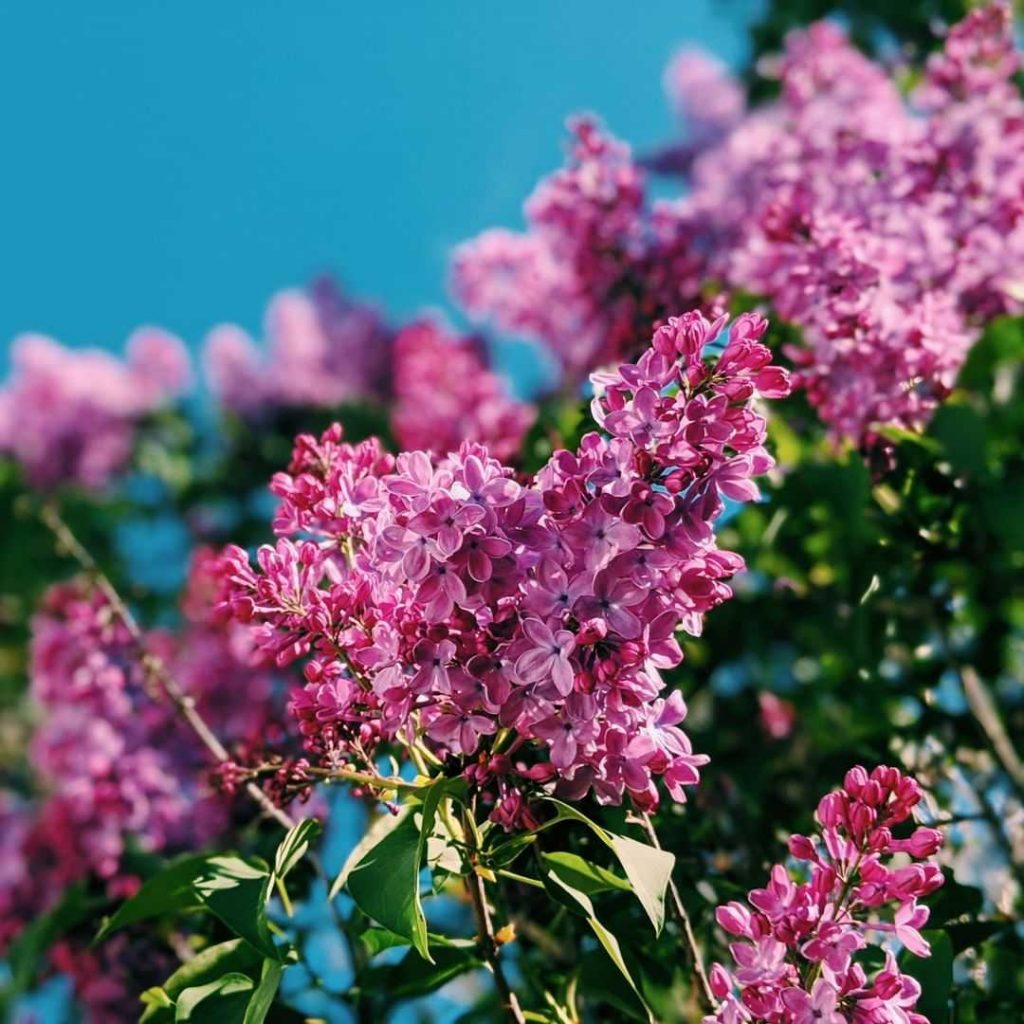The meaning and other interesting facts about lilac flower
Purple flowers
Lilac (syringa) is a genus of flowering woody plants that belong to the Oleaceae (olive) family that consists of 12 species. It is native to the northern Balkan peninsula. It’s easy to recognize the lilac tree due to its beautiful pink or purple flowers. But there are also yellow and white lilac species, although, they are not very common. It is a beautiful plant which you must have in your garden. Let’s take a more in-depth look at the lilac flower meaning, its origins, and other interesting facts.
Characteristics of the lilac flower
Lilac is a classic garden shrub that can grow up to 6 ft. You can also grow it as a tree, which will then grow up to 32 ft. Lilac has broadly oval green leaves. The cone-shaped flowers consist of four lobes and usually blooms in pink or in lilac colors. The plant’s name comes from its color. Different lilac species bloom from spring to summer, and from summer to autumn.
You can grow lilac as a single tree, or in clusters or shrubs. It is also a very popular choice to form hedges around houses. Thanks to its thick foliage, a lilac hedge is a great way to protect your privacy. In addition to that, lilacs are a very common choice in floral bouquets. The beautiful lilac flowers also attract hummingbirds and butterflies.

Lilac flowers give off a wonderful and unique fragrance that you can’t compare to anything else. It is very easy to maintain and grow lilacs. That’s why we can often find them on avenues, public parks, highways, or on the roadsides.
Lilac name meaning
In 1753 a Swedish botanist Carl Linnaeus described the genus of Syringa formally for the first time. The name Syringa derived from the Ancient Greek word syrinx which means ‘tube’ and it refers to the marrow-filled branches of lilac. Its common name ‘lilac‘ comes from French lilac via the Turkish ‘leylak’ (lilac reacher Europe via Istanbul), probably a native Balkan name. From 1791 lilac is attested as a color name, and from 1895 as a scent.
Origins
Researchers think that the common lilac originated on the northern Balkan peninsula. We can find them growing naturally on the hillsides by the shores of the Black, Mediterranean, and Adriatic seas. The cultivation of Syringa Vulgaris dates to the 15th century. The oldest lilac in the U.S. may have been planted around 1750. A lot of lilac species come from Asia, including very popular ones – Syringa Patula and Syringa Meyeri.

Lilac flower meaning
According to Greek mythology, the history of lilac begins with a beautiful nymph named Syringa. Pan, the god of forests, captivated by the beauty of Syringa, chased her through the forest. Frightened of Pan’s affection, Syringa escaped him by transforming into a fragrant bush, that today we call lilac.
Since lilacs bloom in spring, one the main lilac flower meaning is a new beginning, a fresh start, and renewal. Lilac is also a symbol of Easter because it starts to bloom at around that time. People often call lilac an omen of spring because the moment of lilac’s bloom indicates whether the spring will be late or early.

Lilac flower meaning varies across different cultures and periods. For instance, because of its incredible fragrance, the Indians believed that the lilac flower is magic. During the Victorian era, lilac was the most fashionable color, so naturally, it was a symbol of beauty.
Meanwhile, in Russia, people believe that if you place a lilac’s twig on a newborn’s chest, it will give him or her wisdom. While in the U.S., lilac is the eighth wedding anniversary flower and a symbol of New Hampshire. Several cities in the U.S., such as Boston, Massachusetts hold annual Lilac festivals.
In the language of flowers, purple lilac represents first love, and the white lilac is a symbol of youthful innocence. Another common lilac flower meaning is trust and purity.
Lilac flower meaning by the color
Like any other flower, lilac’s different colors represent different meanings. Let’s take a look at those:
- White lilac flower meaning is purity and innocence.
- Violet lilacs symbolize spirituality.
- Blue Lilac is a symbol of happiness and tranquility.
- And the purple lilac is a symbol of first love.
Although various colors hold different meanings, throughout history, people always associated lilacs with love and romance. For hundreds of years, lilacs inspired many artists, poets, and musicians.
Vincent Van Gogh, Claude Monet, and other famous impressionists depicted the beauty of lilacs in their paintings. Walt Whitman mentions lilacs in his famous poem ‘When the Lilacs Last in the Bloom Gate Garden‘. He uses lilac as a symbol of life after death by depicting the last days of Abraham Lincoln.

But no matter the history this plant has, nor its changing meaning through time, it is a gift from God. We are grateful that we can grow lilacs and adore their beauty and aroma in our gardens.
Medicinal and other uses
Lilacs are widely used in aromatherapy. The essential oil made of purple lilac has a calming effect that soothes anxiety and stress.
There isn’t much info about the healing properties of lilacs. The practical herbalist says that “the medicinal benefits come from the lilac’s leaves and fruit”. It also says that “Historically it has been used as an anti-periodic that prevents the recurrence of various diseases”.

Lilac wood is extremely hard and very dense. It is used to make small objects such as knife handles, bowls, as well as musical instruments.
Syringa vulgaris is a very popular decorative plant. People usually grow them in gardens, but we can often find lilacs in public parks as well. Freshly cut flowers is a great way to decorate your home and to bring that wonderful scent of the spring.
→ Click here ← if you want to learn more about other purple flower meanings
Image by @iamdeanadown